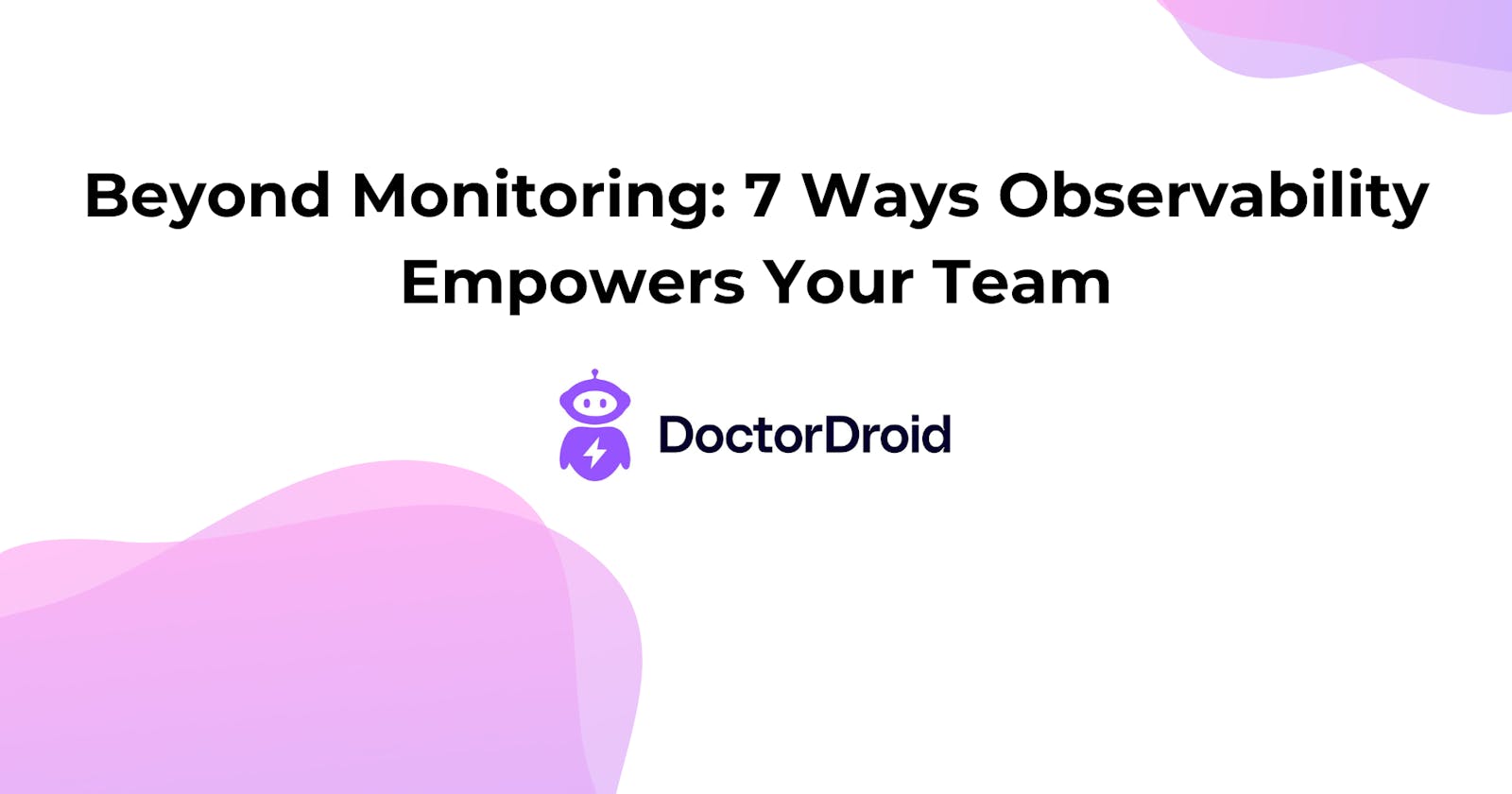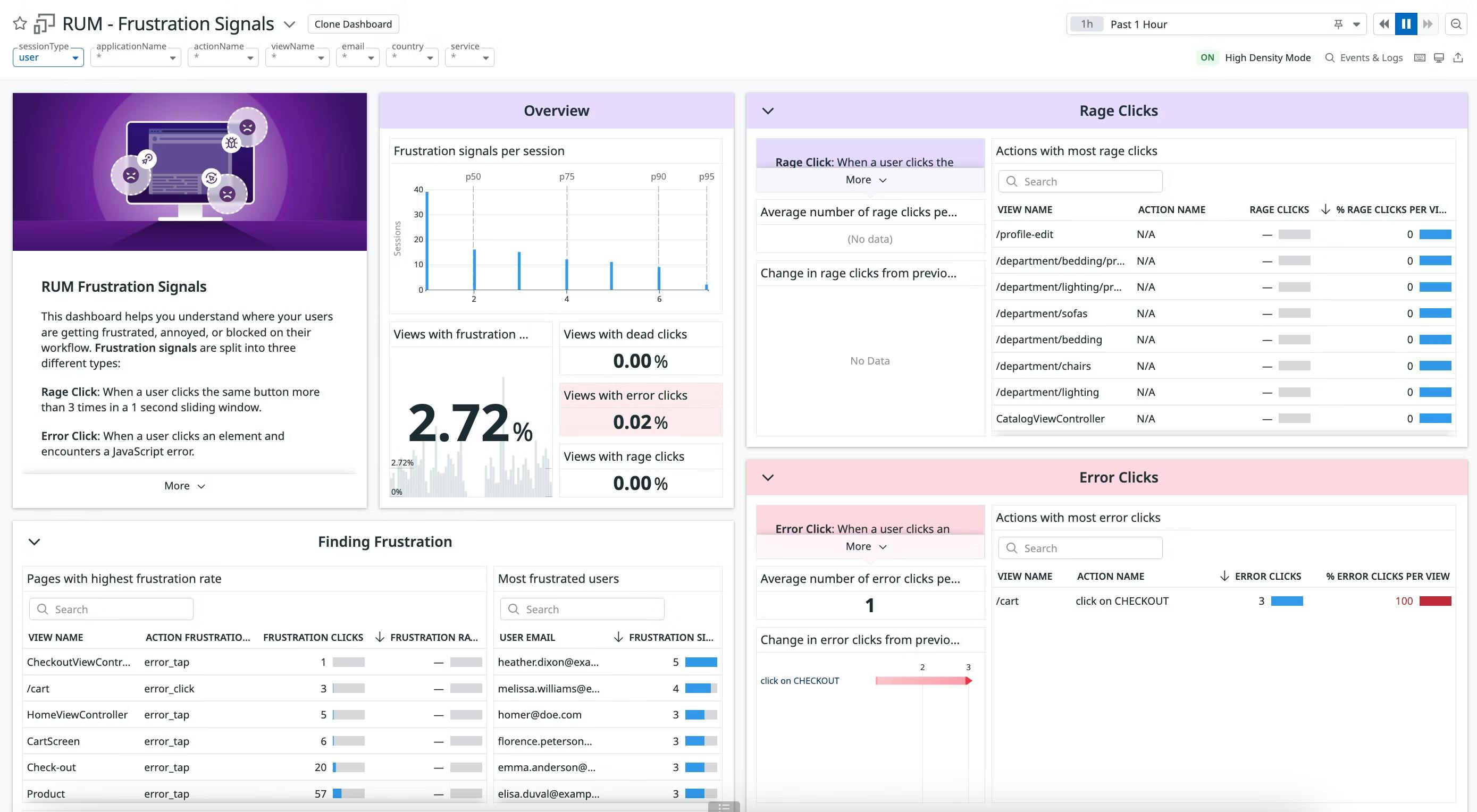Beyond Monitoring: 7 Ways Observability Empowers Your Team
3 min read
Read how observability offers strategic advantages beyond monitoring

Introduction
The most direct benefit of Observability for engineering teams lie in reducing incidents or downtimes that the team could potentially face.
However, this is barely scratching the surface of observability's potential and value. Far from being just a fail-safe, observability offers a toolkit that not only safeguards service health but also drives insights, efficiency, and strategic advantage. This article explores the dual nature of observability, highlighting its basic protective functions alongside its more strategic benefits.
The Basic: Observability as a Safety Net
At its core, observability serves as the eyes and ears of your technological ecosystem, providing a comprehensive view of your application's health. This foundational aspect covers three critical functions:
Knowing the Health of Application: Observability offers a real-time scorecard of application health across various metrics and indicators, enabling teams to understand current performance at a glance.
Proactive Detection of Issues: With access to different data points like metrics, logs, and traces, observability tools have robust alerting capabilities to help you identify anomalies and potential issues before they escalate, allowing for preemptive action. Here's a short note on how symptom-based alerts could be game changing for your team.

Faster Resolution of Production Issues: When issues do arise, observability enables quicker root cause analysis and problem-solving, minimizing the impact on customer experience and service reliability.
The More: Observability as a Strategic Tool
Observability transcends its role as a mere safety net by unlocking deeper insights and opportunities for optimization and growth:
Insights About User Behavior: Beyond system health, observability tools can track and analyze user interactions, providing valuable insights into user behavior, preferences, and pain points. These insights can inform UX improvements, feature development, and more personalized user experiences. For instance, look at this image which gives overview of "Frustration" signals by users.

Cloud & Infrastructure Cost Optimization: With observability, organizations can gain a detailed understanding of their resource utilization and performance bottlenecks. This knowledge facilitates more informed decisions about infrastructure scaling, cost management, and efficiency improvements, leading to significant cost savings and optimization of cloud and infrastructure investments. Here are some sample questions that Observability data can help you get answers to.
* Are the resources rightly-sized? * Are some long running queries bloating your database compute costs? * For high throughput requests, are there specific spans that have significant optimisation potential?Identification of Technical Debts and Optimization Opportunities: Observability sheds light on areas of the codebase and architecture that may be inefficient, outdated, or prone to issues. By highlighting these technical debts, it enables teams to prioritize refactoring and optimization efforts, improving system resilience, performance, and maintainability.
Compliance and Security Insights: Observability tools can also play a crucial role in identifying security incidents and compliance breaches by monitoring unusual activities or deviations from normal operations. This helps in timely responses to potential threats and ensures adherence to regulatory requirements.
Conclusion
Observability is much more than a safety net for modern tech teams -- it's a culture of driving data driven approach in engineering teams. While its foundational aspects are crucial for maintaining the health and reliability of applications, its strategic benefits extend far beyond. Observability empowers organizations to drive actionable insights, optimize costs, and continuously improve their technology stack and user experiences.
Next Reads: If your monitoring stack has an alert fatigue, you can check out the Guide on How to manage Alert Operations.